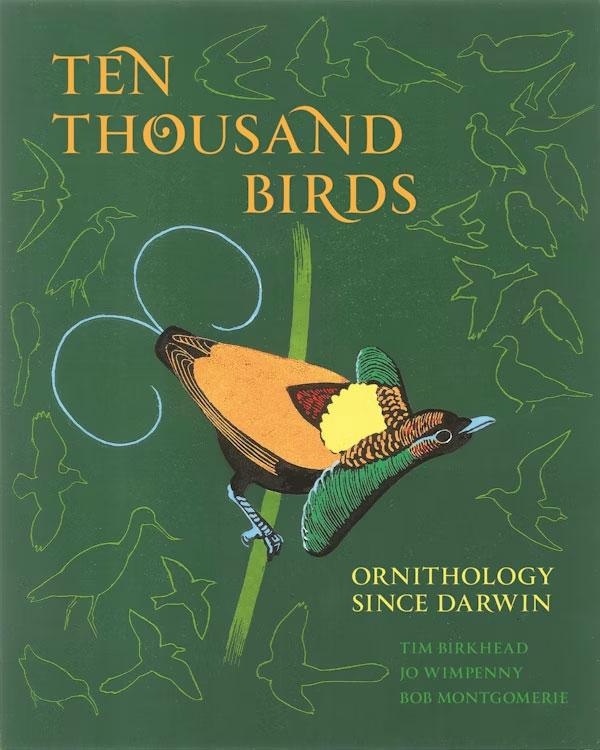
Image © Princeton University Press
By: Tim Birkhead, Jo Wimpenny and Bob Montgomerie
Published by Princeton University Press
I thouroughly enjoyed reading this book and hearing the stories of the early ornithologists. It reminds me of an ornithological version of Bill Bryson’s “A Short History of Nearly Everything” – one of my all time favorite books.
If you think reading about the history of ornithology will be boring, think again. The authors present the information in a very readable and engaging way.
I asked one of the authors what the current definition of a species is, certainly different than what I learned in biology class many years ago, here is the kind response from Robert Montgomerie of Queen’s University of Ontario, Canada.
Your question is a good one, and there is really no easy answer. Biologists have for a long time had a simple working and workable definition that we call the Biological Species Concept, and it goes like this: “populations of animals/plants where all of the individuals can freely interbreed with one another, but not with the members of other such populations”
The problem with that is that it does not work very well in lots of instances so, more recently, some people have suggested that we define species genetically, as populations that can be characterized by their genetics and are absolutely distinguishable by other such populations by some feature of their genetic makeup.
The bottom line is really that scientists use whatever definition is useful for their purpose (characterizing breeding groups, morphologically similar groups, genetically distinctive groups). That can seem not very satisfying but it works. I expect that the genetic definition will eventually hold sway but so far there is no indication of anything but controversy.
Finally, one clear example of the difficulties is that the criteria used to define species in plants can be very different from that in animals, suggesting to me at least that the ’species’ is not really a universal one.
I hope this clarifies at least a bit.
Best wishes
Bob

